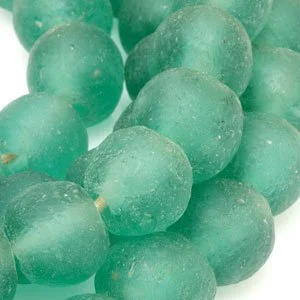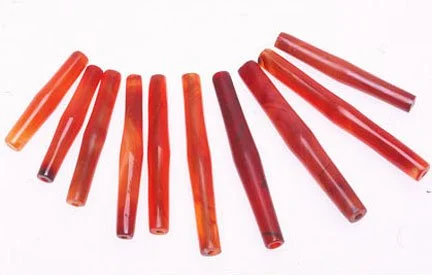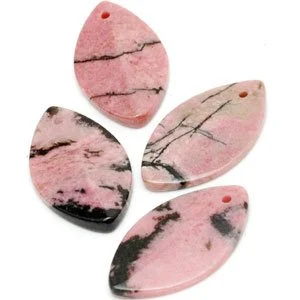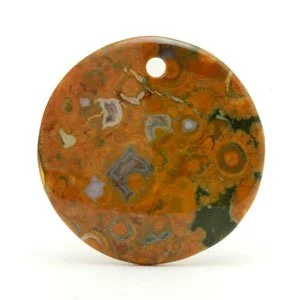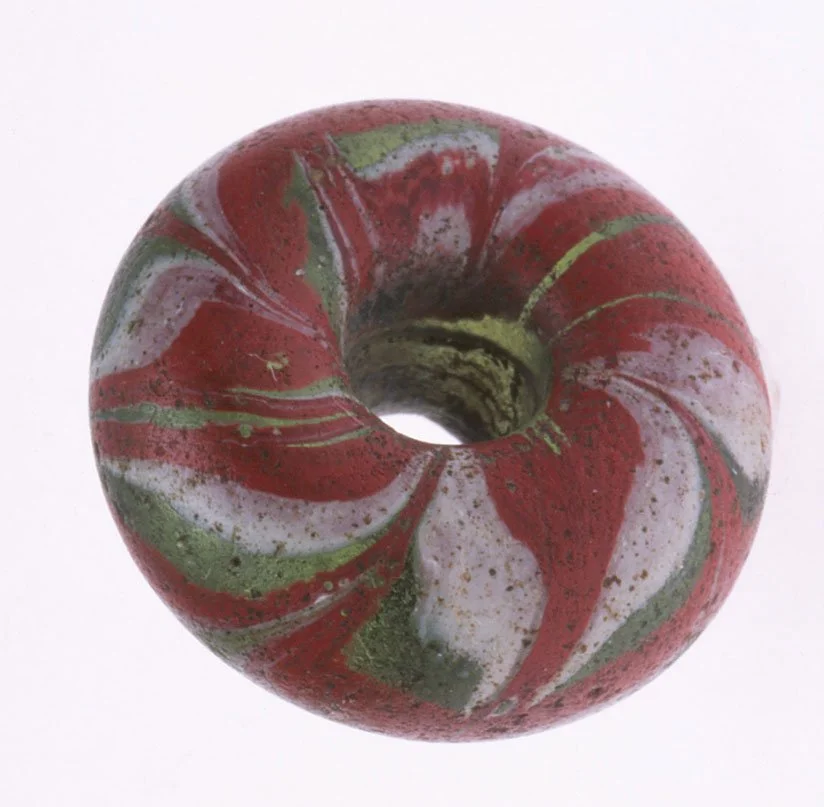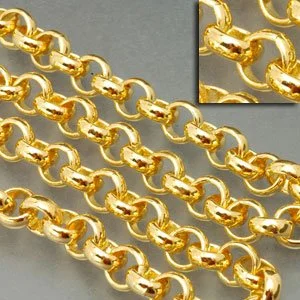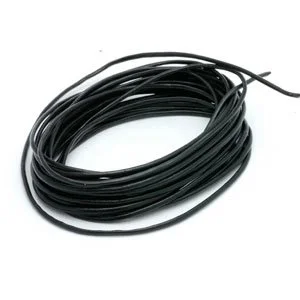Bead Dictionary Letter R
Introduction
In the late 1990s, Penny Diamanti, Joyce Diamanti and Robert K. Liu started working on a Bead Dictionary. Around 2009, after much work by the Diamantis, the Bead Dictionary was posted on the Beadazzled website. Through the years, additions were made by Beadazzled. In the summer of 2018, when the Washington DC Beadazzled store and its website closed, the Bead Dictionary was offered to Ornament. This is a unique resource, especially rich for information on beads of ethnographic and ancient origins. As Ornament has only a staff of three, we are slowly reposting it on our website, updating or expanding some of the entries and are adding search features, links and references as time permits. The Bead Dictionary covers primarily beads and other perforated ornaments, but also tools and materials used by those who make jewelry utilizing beads. Photographs from the Ornament archives are being added, as well as new images taken expressly for the Bead Dictionary and others are being brought up to current standards, as many of these images are almost 30 years old. Original photography was by Robert K. Liu, while Cas Webber did additional photos for Beadazzled, noted in the captions as RKL or CW, after first captions.
This Dictionary of Beads is a labor of love and a work in progress. We welcome your comments and suggestions through the Contact link. To navigate, select from the visual index above to jump to the letter you want in the Dictionary, but give the page a little time to load first. To get back to the top and select another letter use the arrow button. We are continuously adding to the Dictionary, so check back often.
To search for keywords in Dictionary headings, use your browser's search function; for example in Internet Explorer use Control+F and in Apple Command+F, then type in your keyword. We hope you enjoy this (not-so-tiny) treasure, and learn more about the vast world of Beads.
Raised Eye Beads
Contemporary raised eye bead inspired by ancient Chinese eye beads. Robert K. Liu
Raised eye beads in polymer clay by Kathleen Dustin, inspired by ancient Chinese glass beads. Robert K. Liu
Information to come...
9/27/2009 : 9/27/2009 modified
See Also: Warring States Beads—Ancient Chinese Warring States Beads—Glass Imitations
Rat Tail
Information to come...
10/27/2009 : 10/27/2009 modified
See: Satin Cord
Recycled Bead Materials
Information to come...
10/27/2009 : 10/27/2009 modified
Recycled Beads
The bead on the left is an ancient Indonesian glass bead. The one on the right is a contemporary replica made from recycled glass with lapidary techniques. Robert K. Liu
A range of popular colors and shapes of Indonesian recycled glass beads. Robert K. Liu
African Recycled glass beads. Cas Webber
Information to come...
9/27/2009 : 2009-11-11 modified
See Also: Indonesian Recycled Glass Beads Krobo Beads African Recycled Glass Beads
Replicas and Reproductions
Replicas and reproducitons are copies that are meant to be as close as possible to the original, but which are not meant to deceive. Museum stores frequently sell reproductions and replicas of items on display. Archeologists like Dr. J. Mark Kenoyer have taught local beadmakers to replicate ancient designs in carnelian, lapis and other beads. This provides an income for communities that might otherwise be tempted to loot archeologica sites for profit and damages the market for looted beads because the replicas create doubt and depress prices. More information to come...
10/27/2009 : 10/27/2009 modified
See Also: Replicas of Ancient Stone Beads From The Middle East Simulations and Copies Fakes Interpretations of Beads
Replicas of Ancient Stone Beads From The Middle East
Replicas of ancient carnelian beads with one original (4th from the right). Replicas are 4.2 to 6.9 cm long. Robert K. Liu
To ease the collecting pressure on ancient beads during the late 20th century, Dr. J. Mark Kenoyer, an archeologist and specialist in Harappan craft technology, initiated the making of replica stone beads among the beadmakers of Khambhat, India. Many shapes were made, but among the more striking were carnelian copies of the long bicones, made famous by examples found in Mesopotamia and at Harappa. In this image, an array of replica bicones are shown, along with an ancient example from Afghanistan; it is the fourth bead from the right, and 6.7 cm long. The replicas are 4.2 to 6.9 cm long. By looking carefully at the perforation, one can differentiate the real from the replicas. Since the mid-1990s, other Indian and Chinese makers have also produced tabular beads, as well as leech beads. Many are of good quality and it can be difficult for the novice to recognize them as new, although the stones now used tend to be more patterned than in antiquity.
9/27/2009 : 9/27/2009 modified
Replicas—Pressed Glass
Contemporary, molded Czech glass pendants compared to ancient, monochrome blue ones from Mali. Robert K. Liu
Many glass beads made for the colonial trade were based on prototypes that were already used and valued in the countries that were the recipients of such trade. In this photograph, some Czech molded glass pendants, about 1.7 cm long, now called in the trade wedding beads or lightbulb beads, are compared to ancient glass pendants from Mali, that range from 1.8 to 3.1 cm long. The basic shapes are similar, but of course the colors are not. The ancient ones were made by lampworking, the modern ones molded.
9/27/2009 : 9/27/2009 modified
See Also: Fulani Wedding Beads
Reproductions
Information to come...
10/27/2009 : 10/27/2009 modified
See Also: Replicas of Ancient Stone Beads From The Middle East Simulations and Copies Talhakimt Warring States Beads—Ceramic and Polymer Imitations Warring States Beads—Glass Imitations
Rhinestone Beads
Metal beads with rhinestones. Robert K. Liu
Information to come...
9/27/2009 : 9/27/2009 modified
Rhodochrosite
Round rhodochrosite bead from South America. Robert K. Liu
Rhodochrosite gets its name from the Greek for rose-red for its translucent shades of striking red ranging from raspberry to rose to deep pink, with jagged streaks and patches of white. With a hardness of 4 on the Mohs scale, this stone can scratch very easily. Golden rhodochrosite, a tawny to brownish variety, looks like barley-sugar candy. Fairly soft and fragile, this manganese carbonate seldom occurs in crystals that can be faceted. Rather, it is usually used as chips, nuggets, or cabochons, or carved into larger ornamental objects that show off the stone’s exquisite striations and banding.
Main sources are Argentina, where massive stalagmites of striped pink-and-white rhodochrosite have formed in a cave. In Colorado, an old silver mine has yielded rhodochrosite crystals that are almost ruby red, while crystals found in South Africa are blood-red in color. Also occurs in Nevada, Montana, and New Jersey. In Europe, it is found in silver veins in Germany and Romania.
Rhodochrosite, like many of the other pink stones, assists the heart chakra in promoting love. In the case of rhodochrosite, however, this love is directed inward to help one heal from past emotional trauma. Use rhodochrosite to bring self-confidence when starting a new relationship.
9/27/2009 : 9/27/2009 modified
Rhodonite
Leaf-shaped rhodonite pendants. Cas Webber
Rhodonite is from the Greek for “rose,” alluding to its rosy red and soft pink color with variable gray to black veining. This manganese silicate is usually opaque, occasionally transparent. Widely used for beads and cabochons, rhodonite’s toughness and beautiful patterning make it also popular for carving and inlay work. Often found in association with silver deposits. Mined in Sweden, Australia, and the former USSR (largely worked out); also the US, Canada, Mexico, India, Madagascar, and South Africa.
Thought to cool the emotions, open the heart, and create self-confidence by reducing stress.
9/27/2009 : 9/27/2009 modified
Rhyolite
A rhyolite pendant showing more brown and less green than most examples of this stone. Cas Webber
Information to come...
10/27/2009 : 2009-12-09 modified
Ring Beads
Information to come...
10/27/2009 : 10/27/2009 modified
See Also: Annular Beads Celtic Ring Beads Ringperlen
Ring Gauge
A ring gauge is a ring mandrel marked with measurements. It is used to wrap wire to make rings of a certain size or to determine the size of finished rings
9/27/2009 : 9/27/2009 modified
See Also: Mandrel
Ring Sizer
A ring sizer consists of a series of rings on a loop or a chain. These rings usually measure from size 1 to size 15 in whole and half sizes. By trying these rings on someone’s finger, you can determine what size ring will fit that person.
9/27/2009 : 9/27/2009 modified
See Also: Mandrel
Ring Stick
9/27/2009 : 9/27/2009 modified
See: Mandrel
Ringperlen
A ring bead or ringperl, probably from a Celtic site in Europe. Robert K. Liu
Ring beads or ringperlen are found in the United Kingdom and on the Continent, especially in Celtic sites. They may date to the late La Tene period of the last two centuries BCE. Of pleasing shapes, like very well-shaped doughnuts, they are often of translucent green to almost clear when trans-illuminated, and range from 1.6 to 2.1 cm diameters. Their trailed decorations are often feathered, like the one shown and their glass is usually in good to excellent condition.
9/27/2009 : 9/27/2009 modified
See Also: Annular Beads Celtic Ring Beads Ring Beads
Rock Crystal
Clear rock crystal nuggets. Cas Webber
Clear rock crystal quartz bead showing perforation drilled from both ends. Robert K. Liu
Found worldwide, clear and colorless, rock crystal is a crystalline quartz “unblemished” by mineral impurities and is named for the Greek word for ice. Today, large ultra-pure crystals are hydrothermally cultured from natural quartz in laboratories. These are then sawed into super-thin wafers for use in aerospace electronics.
In classical times, Roman women carried small rock crystal balls to cool their palms in the heat of summer. Rhinestones were reputedly tiny rock crystal pebbles from the Rhine river; today they are made of glass and come in many colors. The world’s largest flawless crystal ball is probably the Smithsonian’s 107-pound sphere, which was carved from Burmese quartz.
Thought to focus energies, foster meditation, facilitate communication on the spiritual level, and further personal transformation.
Rolled Gold
9/27/2009 : 9/27/2009 modified
See: Gold-Filled
Rolo Chain
Gold-tone base metal rolo chain. Cas Webber
Rolo chain looks like a string of tiny wedding rings joined together because the links are made of half round wire, rather than round wire. It comes in sizes from tiny to huge.
9/27/2009 : 2009-12-09 modified
Rondels
Assorted stone beads in thick rondel shapes. Cas Webber
Information to come...
10/27/2009 : 10/27/2009 modified
Rosary Pliers
Rosary pliers consist of a round nose pliers and a cutter combined in one tool. The cutter is located at the base of the round jaws. They are named rosary pliers because they are so useful for making rosaries when wire must be looped and cut repeatedly. Any project that requires this sort of action will be easier because there is no need to constantly change tools. Rosary pliers, however, do not necessarily give you the best of both worlds. The quality of each tool sometimes suffers when they are combined. The continual cutting of wire may cause the round jaws to become uneven. The cutters are also not in a good position for very precise cutting because they are between the round jaws and the handles.
9/27/2009 : 9/27/2009 modified
Rose Quartz
Rose quartz beads. Cas Webber
Named for its color, Rose Quartz ranges from a delicate pink to deep rose or almost white. The stone is transparent to translucent often crackled and usually somewhat cloudy. Rose quartz was a favorite of the ancient world from Egypt to China.
The largest deposits occur in Brazil, the best quality stones come from Madagascar while the US and the former USSR also extract and export some rose quartz.
This stone is believed to help clear the complexion, erase wrinkles, improve self-image, open the mind to beauty and the heart to love.
9/27/2009 : 9/27/2009 modified
Rosetta Beads
10/27/2009 : 10/27/2009 modified
See: Chevron Beads
Round Nose Pliers
Round nose pliers. Cas Webber
Round nose pliers have two completely round tapered jaws for making wire loops and closing the loops on bead tips. They are essential for earring making. Unlike chain nose pliers, however, the jaws of round nose pliers are not well suited for flattening or holding objects.
Personal preferences, budget, environmental conditions, and the type and amount of work you do are factors that help determine which pliers are best for you. Carbon steel is strongest, but will rust if not protected from moisture. Drop-forged and box-jointed tools can withstand greater stress than die-cast and lap-jointed versions. Ergonomic handles and spring-action joints can reduce strain if you are using your tools intensively. Size also matters: tools with the same size jaws may have handles that vary several inches in length. Choose those that fit your hands best. Mini tools are popular with children, and with beaders on the move.
9/27/2009 : 9/27/2009 modified
Round-Your-Wire Tool
A round-your-wire tool smoothes the rough and often sharp ends of cut beading wire. A 1.8mm cup at the end of the tool contains a file. By inserting the end of your cut wire and rotating it, rough edges that may be left on your wire by the cutters will be smoothed. This simple-to-use tool is especially useful for ear wires.
9/27/2009 : 9/27/2009 modified
Rubber Tubing
Rubber tubing used for bead stringing. Cas Webber
Rubber tubing 2mm in diameter offers an alternative to leather for stringing large hole beads. To achieve the beads-on-leather look, rubber tubing can be cut in sections and threaded onto cable wire between bead. See our How to section for details.
9/27/2009 : 9/27/2009 modified
Rudraksha Beads
A mala or prayer strand of Rudraksha beads. Cas Webber
Information to come...
10/27/2009 : 10/27/2009 modified
Russian Blue Beads
“Russian blue” beads. Robert K. Liu
Information to come...
9/27/2009 : 9/27/2009 modified




